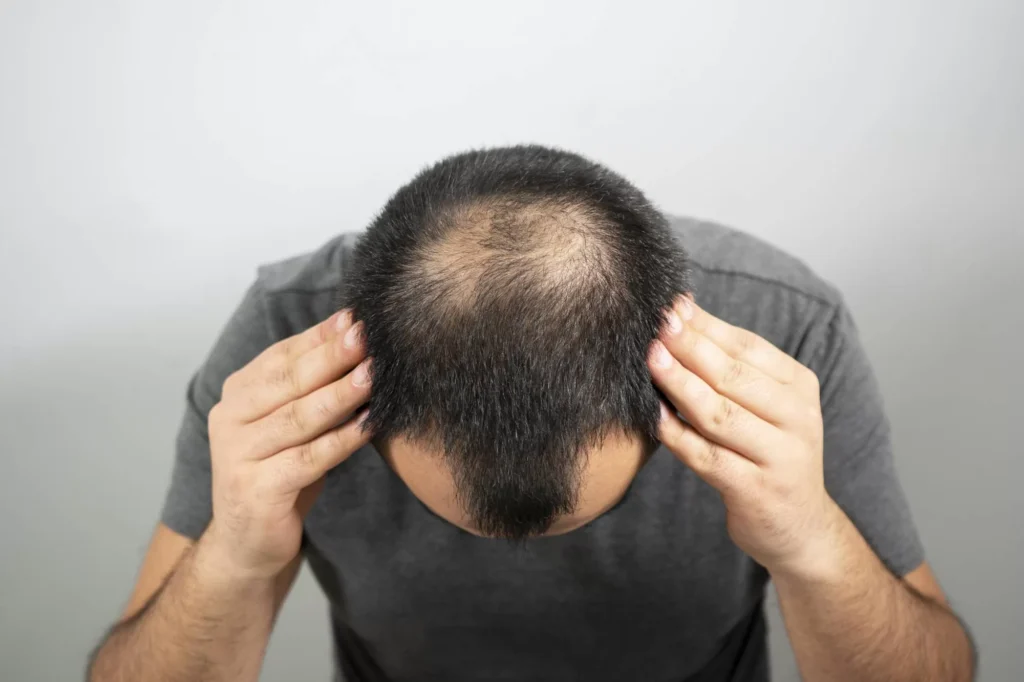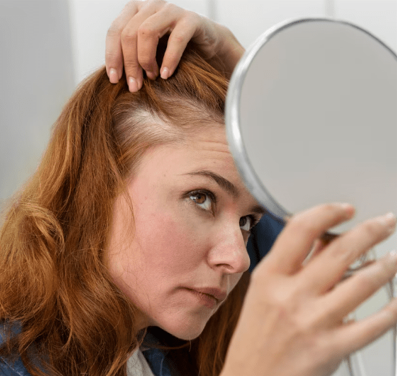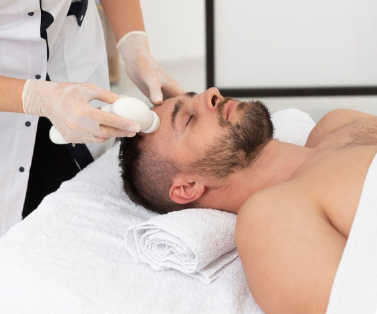Hair transplant surgery is generally safe and effective—but for patients with diabetes, poor circulation, or vascular conditions, post-operative healing requires closer monitoring and proactive care. Leading Korean clinics are well-equipped to manage these patients safely, offering individualized protocols and real-time support for optimal recovery.
In this clinical guide, Korean hair transplant surgeons share specific healing expectations, red flags to watch for, and how to safeguard your results if you’re living with chronic health conditions.
🩺 Why Diabetes or Vascular Disease Affects Hair Transplant Recovery
Conditions like Type 2 diabetes, peripheral artery disease, hypertension, or venous insufficiency can impact the body’s ability to deliver oxygen and nutrients to tissues, slowing wound healing and increasing the risk of infection or poor graft survival.
Korean Clinics Take Extra Precautions By:
- Requiring thorough medical screening before surgery
- Adjusting surgical technique to minimize trauma and duration
- Offering individualized aftercare protocols
- Coordinating with your primary care physician or endocrinologist
“With proper blood sugar control and modified care plans, patients with diabetes or vascular issues can still achieve great transplant outcomes.”
—Dr. S.J. Park, Hair Transplant Surgeon, Seoul
✅ Pre-Surgical Preparations for Diabetic/Vascular Patients
Before undergoing surgery in Korea, patients with underlying health concerns should:
1. Submit Medical Clearance
- Hemoglobin A1C results (<7% is ideal for diabetics)
- List of all medications (especially anticoagulants, insulin, beta-blockers)
- Blood pressure history
- Recent lab work (CBC, glucose, lipid panel)
2. Attend an Extended Pre-Op Consultation
Korean surgeons will:
- Review your vascular status and microcirculation
- Check skin perfusion and donor area condition
- Adjust surgical technique (fewer grafts per session or longer rest breaks)
🔍 How to Monitor Healing After Surgery (Day-by-Day)
| Timeframe | What to Look For | Special Tips for Diabetic/Vascular Patients |
|---|---|---|
| Day 1–3 | Swelling, minor redness | Use cold compress to reduce inflammation (but not directly on grafts) |
| Day 4–7 | Scabs form | Keep scalp hydrated with saline spray; monitor for signs of delayed healing |
| Day 7–14 | Scabs fall off | Watch for persistent redness, crusting, or pus (infection risk is slightly higher) |
| Week 2–4 | Early healing | Maintain stable blood sugar and blood pressure to support graft survival |
| Month 1–3 | Shedding phase begins | Monitor for unusual itching or burning, which may signal neuropathy or poor healing |
📱 Korean clinics provide virtual check-ins (photo-based) to assess healing from abroad.
🧪 Warning Signs to Report Immediately
If you notice any of the following, contact your Korean clinic or local physician right away:
- Non-healing scabs or open wounds
- Worsening redness or swelling after Day 5
- Yellowish discharge or odor from scalp
- Fever or chills
- Sharp pain or loss of sensation at the donor/recipient site
- High blood glucose (>250 mg/dL) post-surgery
⛔ Avoid self-medicating without guidance from your surgeon or endocrinologist.
🩹 Recovery Protocol Adjustments in Korean Clinics
Patients with diabetes or vascular issues receive:
✦ Longer Clinic Observation (1–2 Days Post-Surgery)
- Daily dressing changes
- Swelling and wound monitoring
- Blood sugar checks if necessary
✦ Modified Graft Density
- Slightly wider spacing to prevent ischemia
- Lower-density sessions with staged procedures if needed
✦ Enhanced Wound Care
- Use of hypoallergenic antiseptics
- Low-level laser therapy (LLLT) to improve circulation
- Optional Platelet-Rich Plasma (PRP) for vascular stimulation
🧴 Aftercare Essentials for Healing Support
Korean clinics typically recommend:
| Product | Benefit |
|---|---|
| Saline spray | Keeps grafts hydrated and bacteria-free |
| Antibiotic ointment | Protects donor area |
| Non-alcohol shampoo | Gentle cleansing without irritation |
| L-arginine supplements | May promote microcirculation (with doctor’s approval) |
| Blood sugar monitor | Helps maintain healing-friendly glucose levels |
🥗 Diet & Lifestyle Guidance for Healing
- Avoid sugary foods post-surgery to maintain stable glucose
- Drink plenty of water to improve circulation
- Eat iron-rich and protein-rich meals (fish, eggs, beans, leafy greens)
- Avoid smoking and alcohol for at least 3 weeks (both impair circulation)
📱 Remote Healing Support from Korean Clinics
Even if you’ve returned home, Korean clinics ensure continued care with:
- Weekly remote photo check-ins for the first month
- Recommendations for local doctors in your country if needed
- Emergency WhatsApp or email support
- Long-term follow-up at 3, 6, and 12 months
✈️ Travel and Healing Tips for Medical Tourists
- Stay in Korea for at least 7–10 days post-op if you have diabetes or vascular issues
- Choose accommodation near the clinic to minimize travel strain
- Let your surgeon know of any travel plans, diet changes, or altitude exposure
- Use airport services like wheelchair assistance to avoid exertion after surgery
💬 Final Advice from Korean Surgeons
“Hair transplant is safe for patients with diabetes or vascular disease—but only if monitored carefully. Our clinics are experienced in modifying techniques and offering hands-on care to ensure long-term success.”
—Dr. Eun Kyung Han, MD, Hair Restoration Specialist




